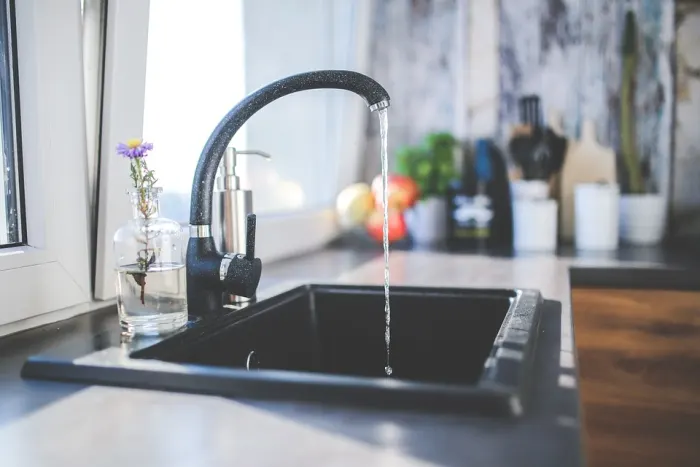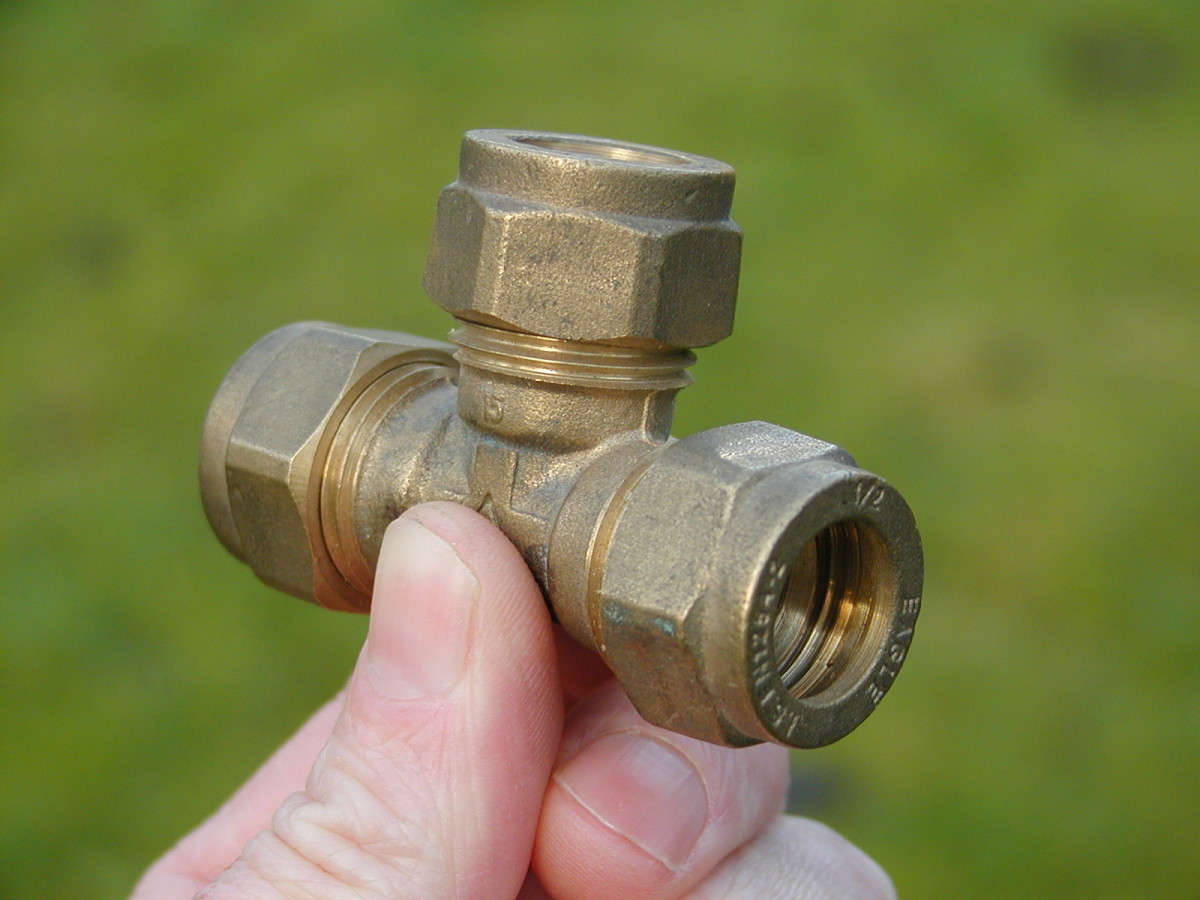Everybody may have their own way of thinking involving Why Your Water Pipes Are Noisy and How To Shut Them Up.

To identify noisy plumbing, it is very important to determine very first whether the undesirable sounds happen on the system's inlet side-in other words, when water is turned on-or on the drainpipe side. Noises on the inlet side have differed causes: excessive water pressure, worn valve as well as tap components, incorrectly attached pumps or various other devices, inaccurately positioned pipeline fasteners, and plumbing runs containing too many tight bends or various other restrictions. Noises on the drainpipe side usually stem from poor area or, as with some inlet side noise, a format containing limited bends.
Hissing
Hissing sound that takes place when a tap is opened a little usually signals too much water pressure. Consult your regional water company if you think this trouble; it will certainly have the ability to tell you the water pressure in your area as well as can mount a pressurereducing shutoff on the inbound supply of water pipe if required.
Various Other Inlet Side Noises
Creaking, squeaking, scratching, snapping, as well as touching normally are caused by the expansion or contraction of pipes, usually copper ones providing warm water. The audios occur as the pipes slide against loose bolts or strike neighboring residence framework. You can often pinpoint the place of the issue if the pipes are exposed; just follow the sound when the pipes are making noise. Probably you will find a loose pipe hanger or an area where pipes lie so close to floor joists or other mounting items that they clatter versus them. Affixing foam pipeline insulation around the pipelines at the point of call need to treat the trouble. Make certain bands as well as hangers are protected as well as offer sufficient support. Where feasible, pipeline bolts must be connected to enormous structural elements such as structure wall surfaces as opposed to to framing; doing so reduces the transmission of vibrations from plumbing to surface areas that can magnify as well as transfer them. If attaching bolts to framing is unavoidable, cover pipes with insulation or other resistant material where they speak to fasteners, and sandwich completions of new fasteners between rubber washing machines when installing them.
Correcting plumbing runs that deal with flow-restricting tight or numerous bends is a last resource that must be undertaken just after speaking with a skilled plumbing service provider. Sadly, this scenario is relatively common in older homes that may not have actually been built with interior plumbing or that have seen a number of remodels, especially by novices.
Babbling or Screeching
Extreme chattering or screeching that takes place when a valve or tap is turned on, which usually vanishes when the installation is opened fully, signals loosened or defective interior components. The solution is to replace the shutoff or tap with a new one.
Pumps as well as devices such as cleaning machines and dishwashing machines can move electric motor noise to pipes if they are incorrectly attached. Connect such items to plumbing with plastic or rubber hoses-never stiff pipe-to isolate them.
Drainpipe Sound
On the drainpipe side of plumbing, the principal goals are to eliminate surface areas that can be struck by dropping or hurrying water and to insulate pipes to consist of inescapable sounds.
In brand-new building, bath tubs, shower stalls, toilets, as well as wallmounted sinks and also containers ought to be set on or against resilient underlayments to minimize the transmission of audio via them. Water-saving toilets as well as taps are much less noisy than traditional designs; mount them instead of older types even if codes in your area still permit utilizing older components.
Drains that do not run up and down to the basement or that branch into horizontal pipeline runs sustained at flooring joists or other mounting present especially bothersome sound troubles. Such pipes are large enough to radiate significant resonance; they additionally lug substantial amounts of water, that makes the circumstance even worse. In brand-new building and construction, specify cast-iron soil pipes (the large pipes that drain toilets) if you can afford them. Their massiveness includes a lot of the sound made by water going through them. Additionally, stay clear of transmitting drains in wall surfaces shown to rooms and also areas where individuals collect. Wall surfaces containing drainpipes ought to be soundproofed as was explained earlier, using double panels of sound-insulating fiberboard and wallboard. Pipes themselves can be wrapped with unique fiberglass insulation created the objective; such pipelines have an invulnerable plastic skin (occasionally having lead). Outcomes are not constantly satisfactory.
Thudding
Thudding noise, frequently accompanied by shuddering pipes, when a faucet or appliance valve is turned off is a condition called water hammer. The sound and also resonance are brought on by the resounding wave of stress in the water, which unexpectedly has no location to go. In some cases opening a valve that discharges water quickly right into an area of piping having a constraint, arm joint, or tee installation can create the exact same condition.
Water hammer can usually be cured by installing installations called air chambers or shock absorbers in the plumbing to which the trouble shutoffs or faucets are attached. These tools enable the shock wave produced by the halted flow of water to dissipate in the air they contain, which (unlike water) is compressible.
Older plumbing systems might have brief upright sections of capped pipe behind wall surfaces on tap runs for the very same objective; these can ultimately full of water, minimizing or ruining their efficiency. The remedy is to drain the water system completely by shutting down the major water shutoff as well as opening all taps. After that open the main supply shutoff as well as close the taps one by one, starting with the tap nearest the valve and finishing with the one farthest away.
3 Most Common Reasons for Noisy Water Pipes
Water hammer
When water is running and is then suddenly turned off, the rushing liquid has no place to go and slams against the shut-off valve. The loud, thudding sound that follows is known as a water hammer. Besides being alarming, water hammer can potentially damage joints and connections in the water pipe itself. There are two primary methods of addressing this issue.
Check your air chamber. An air chamber is essentially a vertical pipe located near your faucet, often in the wall cavity that holds the plumbing connected to your sink or tub. The chamber is filled with air that compresses and absorbs the shock of the fast moving water when it suddenly stops. Unfortunately, over time air chambers tend to fill with water and lose their effectiveness. To replenish the air chambers in your house you can do the following. Turn off the water supply to your house at the main supply (or street level). Open your faucets to drain all of the water from your plumbing system. Turn the water back on. The incoming water will flush the air out of the pipes but not out of the vertical air chamber, where the air supply has been restored. Copper pipes
Copper pipes tend to expand as hot water passes through and transfers some of its heat to them. (Copper is both malleable and ductile.) In tight quarters, copper hot-water lines can expand and then noisily rub against your home's hidden structural features — studs, joists, support brackets, etc. — as it contracts.
One possible solution to this problem is to slightly lower the temperature setting on your hot water heater. In all but the most extreme cases, expanding and contracting copper pipes will not spring a leak. Unless you’re remodeling, there's no reason to remove sheetrock and insert foam padding around your copper pipes.
Water pressure that’s too high
If your water pressure is too high, it can also cause noisy water pipes. Worse, high water pressure can damage water-supplied appliances, such as your washing machine and dishwasher.
Most modern homes are equipped with a pressure regulator that's mounted where the water supply enters the house. If your home lacks a regulator, consider having one professionally installed. Finally, remember that most plumbers recommend that water is delivered throughout your home at no lower than 40 and no greater than 80 psi (pounds per square inch).
Whatever the state of your plumbing, one thing is certain — you’re eventually going to encounter repair and replacement issues around your home that require professional help. That’s where American Home Shield can come to your aid.
https://www.ahs.com/home-matters/repair-maintenance/causes-of-noisy-water-pipes/

Hopefully you enjoyed our post on Why Do My Plumbing Pipes Make A Knocking Noise. Thank you for finding the time to read through our piece of content. Sharing is good. Helping people is fun. Thanks for your time. Please come by our website back soon.
Get A Free Quote